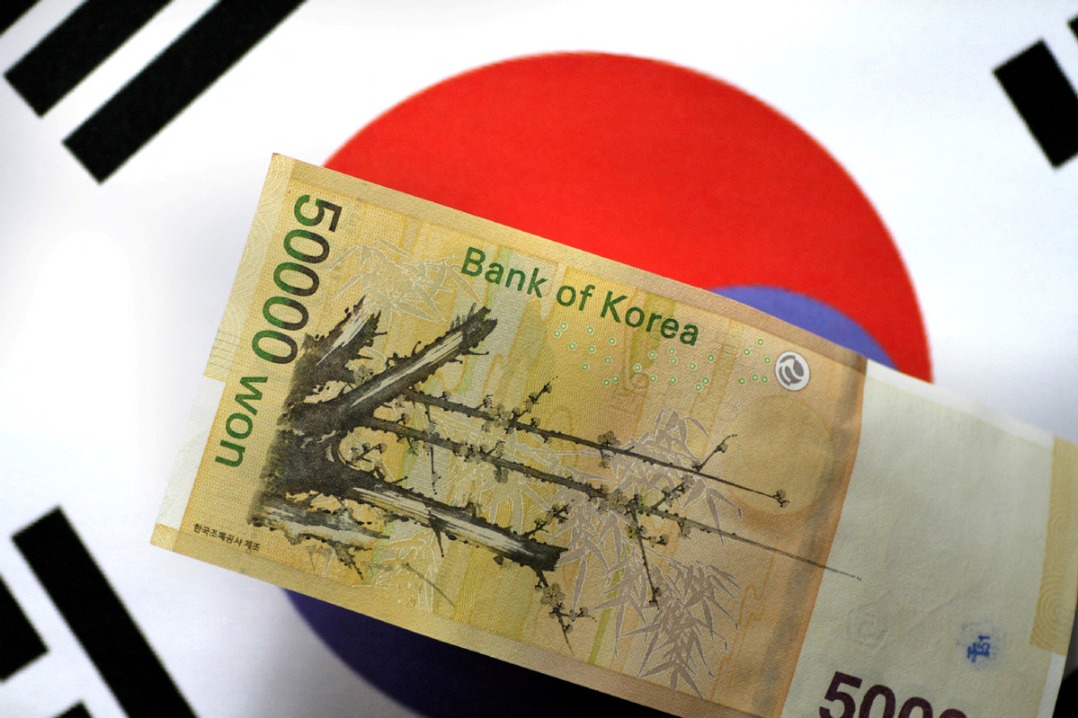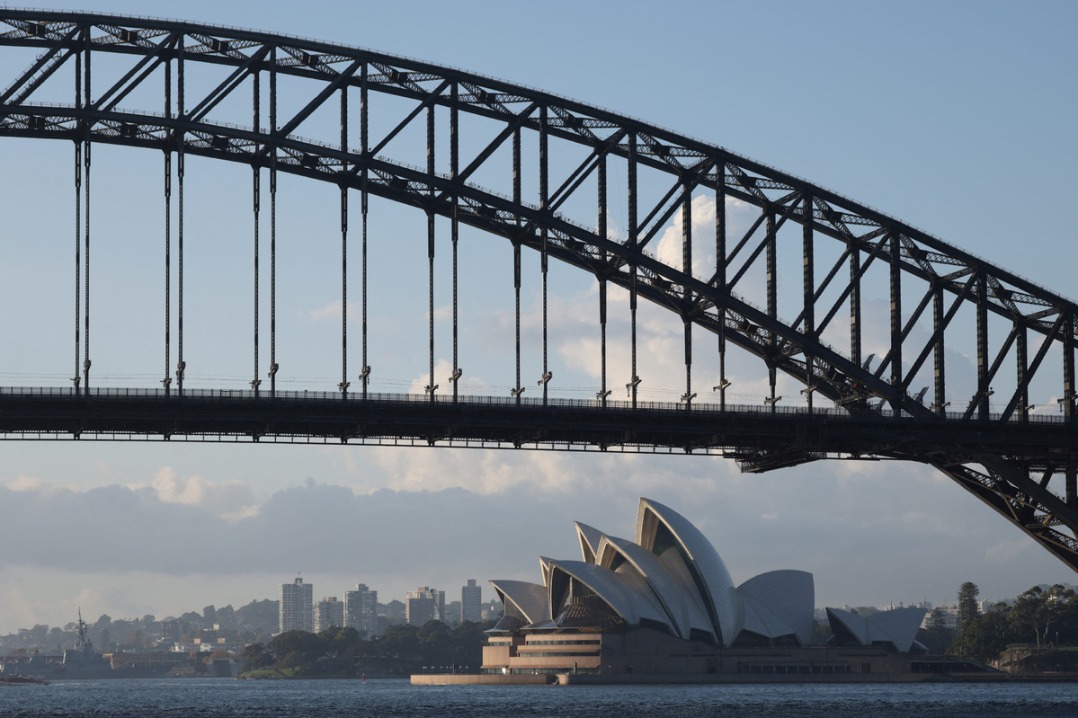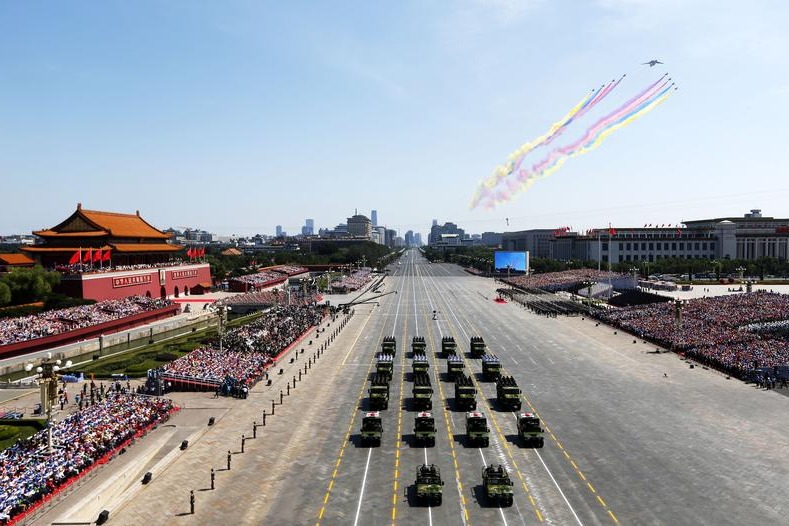Getting back out there
Destinations court reemerging Asian tourists through social media, AI tools

AI influence
The artificial intelligence-powered personalization tools and the rising influence of social media are also shaping modern travel behavior.
Boon Sian Chai, managing director of international markets at Trip.com Group, noted that AI tools including TripGenie are transforming the way travelers plan their trips.
Chai pointed out that Chinese travelers are increasingly interested in culinary tourism, with food-related searches growing by 30 percent year-on-year.
Platforms such as Trip.Gourmet, which offers access to thousands of ranked restaurants, cater to this demand.
As travel becomes more of a lifestyle statement, younger travelers are using social media platforms including TikTok and Instagram Reels to discover new destinations. The platforms have become powerful influencers, particularly in destinations including Japanese cities of Tokyo and Kyoto, Chai said.
As tourism rebounds across APAC, other regional markets are also contributing to the growth of outbound tourism.
Chai highlighted the recovery of Southeast Asia, especially Singapore, where tourism receipts surpassed $17 billion in 2024. He also pointed to India and Indonesia as emerging powerhouses that will reshape the region's tourism dynamics.
India's growing affluence and Indonesia's rapid development make them key targets for destination marketers aiming to tap into the next wave of outbound tourism.
Bowerman also sees India as the fastest-growing outbound market in the coming decade. However, he cautioned that the opportunities demand meticulous research.
"The biggest opportunity lies in understanding the individual preferences of travelers," Bowerman said. Each market, whether in China, India, or Southeast Asia, requires a tailored approach to meet the unique needs of its travelers, he added.

































